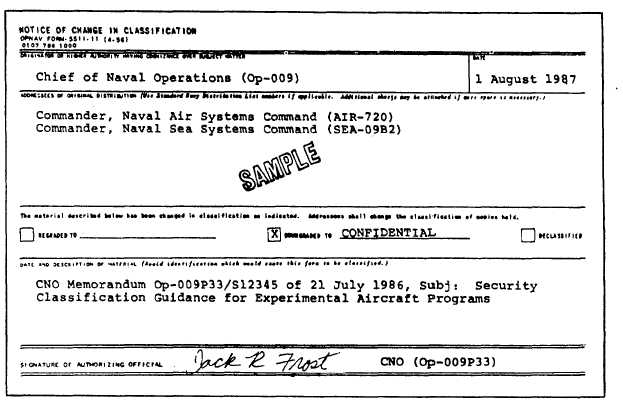Figure 9-4.-Notice of Change in Classification, OPNAV Form 5511-11.
Where possible, two people will be involved in
reproducing classified material to ensure the
positive control and safeguard of reproduced
material.
Commands maintain records for 2 years to
show the number and distribution of all reproduc-
tions of classified documents, including the
following:
Top Secret documents
Classified documents covered by special
access programs distributed outside the
originating agency
Secret and Confidential documents marked
with special dissemination and reproduction
limitations
Your command should designate specific areas
and equipment for there production ofclassified
material. Prominently display signs on or near the
equipment to advise users of the designation. For
example, a sign may read, THIS MACHINE
MAY BE USED FOR REPRODUCTION OF
MATERIAL UP TO SECRET. REPRODUCTION
MUST BE APPROVED BY (designated official).
If you have machines that are not authorized for
the reproduction of classified material, post a
warning notice, such as the following, on the
machine: THIS MACHINE IS LIMITED TO
REPRODUCTION OF UNCLASSIFIED
MATERIAL. Make sure a designated official can
easily see the area to ensure the authorization of
copies and reproduction of the minimum number
of copies.
Some equipment may use extremely sensitive
reproduction paper. Use and store the paper in
a manner to prevent image transfer of classified
information.
When reproducing material, make sure it
shows the classification and other special markings
that appear on the original material. Double check
all reproduced material, and remark reproduced
copies that have unclear markings.
Safeguard all samples, waste, or overruns
resulting from the reproduction process according
to the classification of the information involved.
Destroy the materials promptly as classified waste.
Check areas surrounding reproduction equipment
for classified materials that may have been left
on nearby desks or thrown in wastebaskets. If the
9-17


